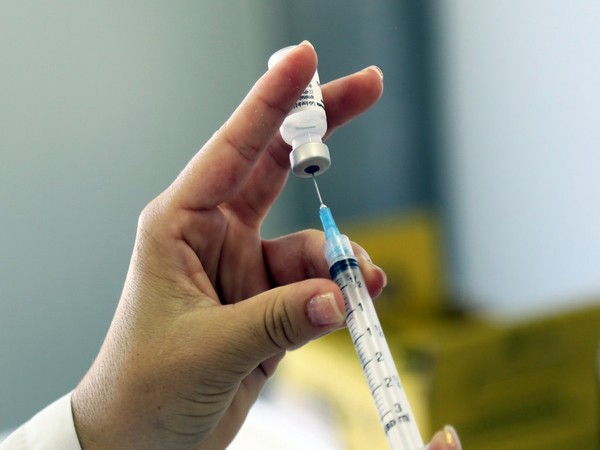Consider booster dose for those above 40: INSACOG
It also recommended monitoring travel to and from the known affected areas, and contact tracing of COVID-19 cases with an epidemiological link to the affected areas, that has been implemented along with increased testing.Vaccination of all remaining unvaccinated at-risk people and consideration of a booster dose for those 40 years of age and over, first targeting the most high-risk high-exposure may be considered, since low levels of neutralising antibodies from current vaccines are unlikely to be sufficient to neutralise Omicron, although risk of severe disease is still likely to be reduced, the INSACOG bulletin said.

- Country:
- India
Amid demands for a booster vaccine dose against COVID-19, India’s top genome scientists have said that a booster dose “may be considered” for people above 40 years.
“Vaccination of all remaining unvaccinated at-risk people and consideration of a booster dose for those 40 years of age and over, first targeting the most high-risk / high-exposure may be considered,” the Indian SARS-CoV-2 Genomics Sequencing Consortium (INSACOG) said in its weekly bulletin dated November 29.
The INSACOG is a network of national testing labs set up by the government to monitor genomic variations of COVID-19.
The recommendation came amid demands for a booster dose of Covid vaccines by lawmakers during a discussion in the Lok Sabha on the pandemic situation in the country.
The INSACOG said genomic surveillance will be critical for early detection of the presence of this variant, to enable necessary public health measures. It also recommended monitoring travel to and from the known affected areas, and contact tracing of COVID-19 cases with an epidemiological link to the affected areas, that has been implemented along with increased testing.
“Vaccination of all remaining unvaccinated at-risk people and consideration of a booster dose for those 40 years of age and over, first targeting the most high-risk / high-exposure may be considered, since low levels of neutralising antibodies from current vaccines are unlikely to be sufficient to neutralise Omicron, although risk of severe disease is still likely to be reduced,” the INSACOG bulletin said. It noted that genomic surveillance will be critical for early detection of the presence of this variant, to enable necessary public health measures. Monitoring travel to and from the known affected areas, and contact tracing of COVID-19 cases with an epidemiological link to the affected areas has been implemented along with increased testing – with sequencing of confirmed cases and possible SGTF based rapid screening, the INSACOG bulletin said.
As of now, the US and Britain have recommended booster doses of vaccines for all adults, six months after the second dose.
NITI Aayog member (Health) Dr V K Paul had said despite new challenge of Omicron variant, vaccination remained the most critical tool against COVID-19.
“We are fortunate that we have the tool (vaccination) in plenty and there is no doubt that coverage of vaccines has to increase. Look at the big picture, we have this tool and we must protect every eligible individual with this tool,” Paul had said on Thursday.
“We are benefited by two doses and people should get the second dose as soon as possible. The decision on duration between doses is based on scientific data and local data in a systematic manner, and there is no change in the present duration,” Paul had said.
(This story has not been edited by Devdiscourse staff and is auto-generated from a syndicated feed.)
ALSO READ
Weeks before a billion Indians vote, political merchandise sales pick up
Indian American Akshay Bhatia claims dramatic win, books Augusta Masters spot
Mumbai Indians make history, become first team to win 150 T20 matches
Indian-American Akshay Bhatia claims dramatic win, books Augusta Masters spot
Katchatheevu row arose only when opposition pointed to Sino-Indian border issue: DMK MP Karunanidhi










